
To begin with, when the dishes are incubated in the normal postion, water evaporation from media occurs. Then water
condenses from the lid onto the container and drops fall on the colonies developed on the media surface, which
causes mixing of colonies, further uneven microbial growth, and even problem in counting. In comparison, inversion
effectively avoids this potential risk.
Furthermore, inversion reduces the rate of evaporation and prevents the medium from drying out. This extends the longevity of the medium and allows for sustained microbial activity. Lastly, when petri dishes are inverted, contaminants may only deposit on the lid. This is a beneficial practice because it prevents the contaminants from coming into direct contact with the culture medium, thereby minimizing the risk of contamination.
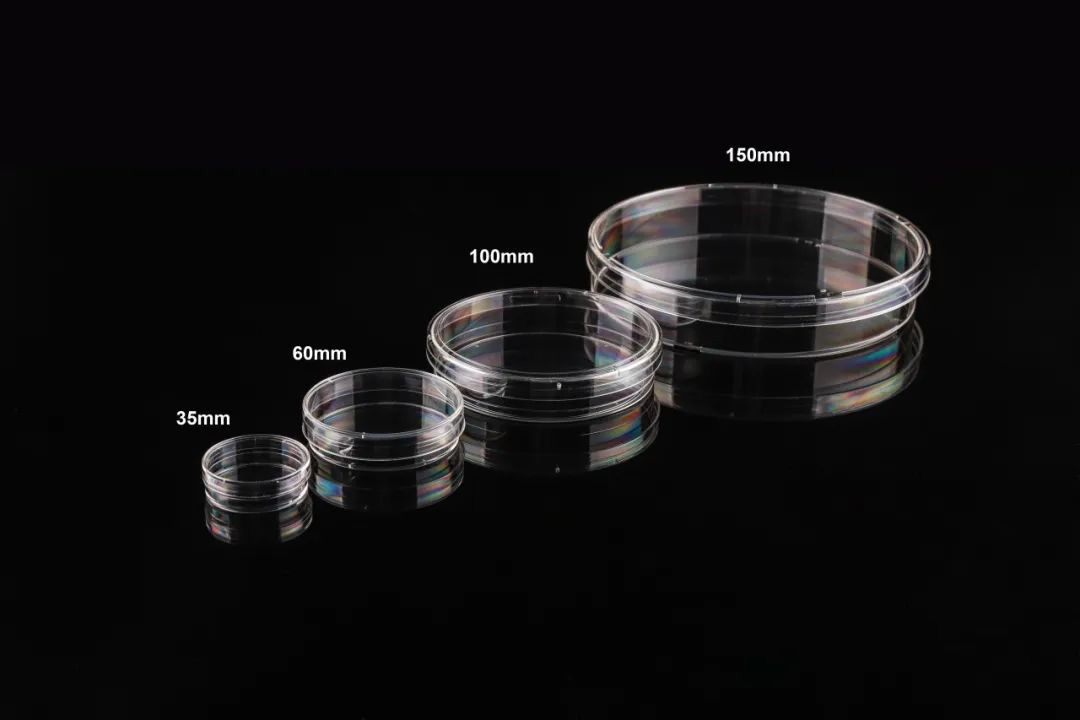

NEST Petri Dish Collection in supply
Round Petri Dish
NEST offers regular dishes, compartment dishes, RODAC dishes, deep dishes, and dishes with safety lock. These dishes have a stacking ring to increase stacking stability. Except for the circular bacterial culture dish, NEST has made structural modifications to the other three sizes of bacterial culture dishes to adapt to different application scenarios and enable targeted bacterial culture.
RODAC dish: The base is gently sloped, allowing for better contact between the agar medium and the sample surface. This design not only facilitates the growth of colonies but also provides clear divisions for easy and accurate colony counting.


Petri Dish with Safe Lock Design: The base and the top of the bottom have three interlocking structures that can be combined by gently rotating them. By using this locking mechanism, the bacterial dish effectively prevents contamination that may occur due to accidental removal of the bottom part of the dish. This locking design is also ideal for transporting solid culture media.

Compartment Petri Dish: Molded dividers has been added to the φ90mm Petri Dish, enabling the cultivation of different culture media or different colonies in separate compartments while allowing airflow.
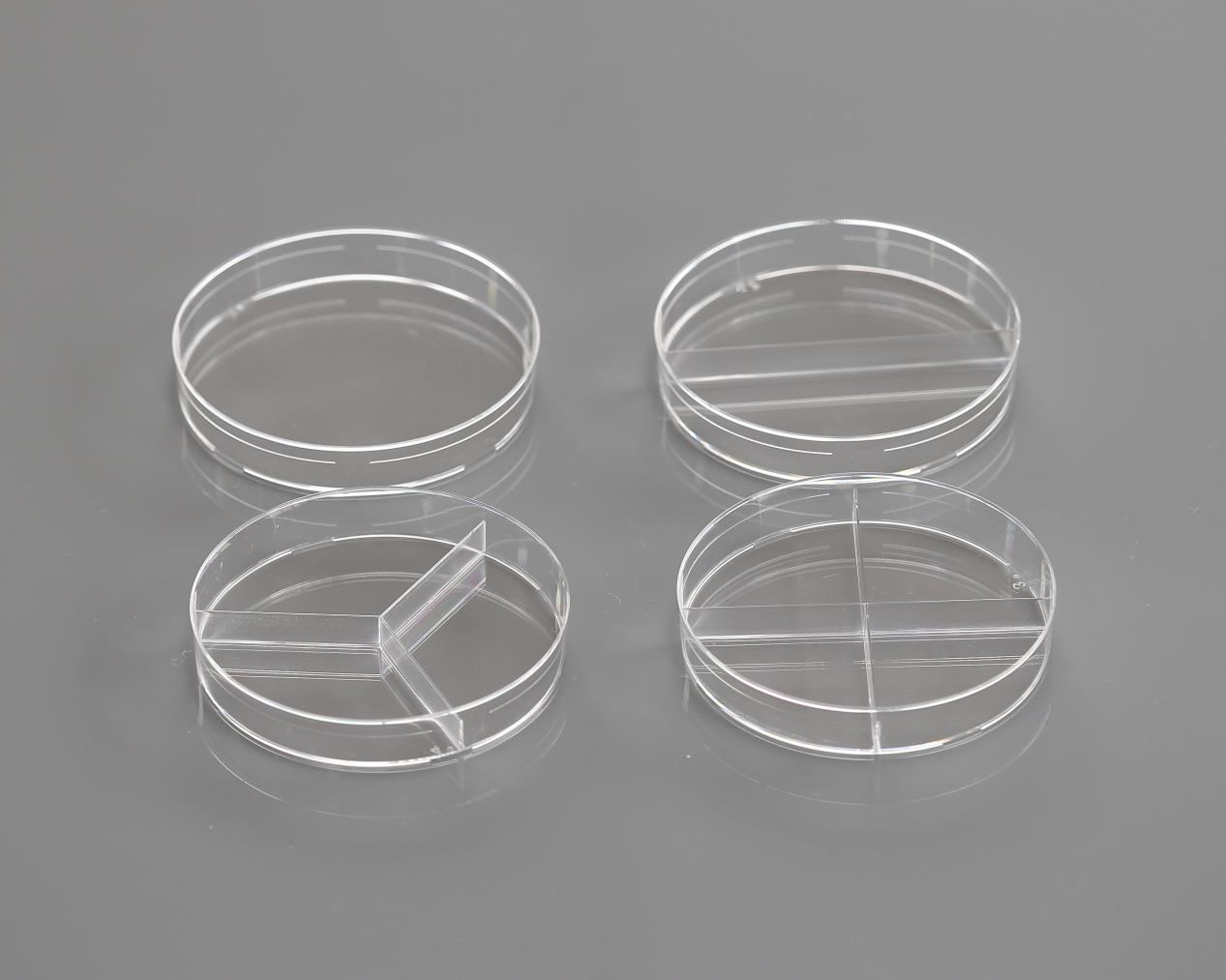

Deep Petri Dish (New Arrivals) :As the culture time increases, the moisture in the medium gradually evaporates, leading to a decrease in the weight of the solid culture medium. This decrease occurs at a rate of approximately 20% every 24 hours. As a result, it becomes challenging for bacteria to continue proliferating. To address this issue, the depth of the dish bottom for φ100mm petri dishes are now increased from 20mm to 25mm. This allows for the addition of more solid culture medium, making it more suitable for long-term bacterial culture.
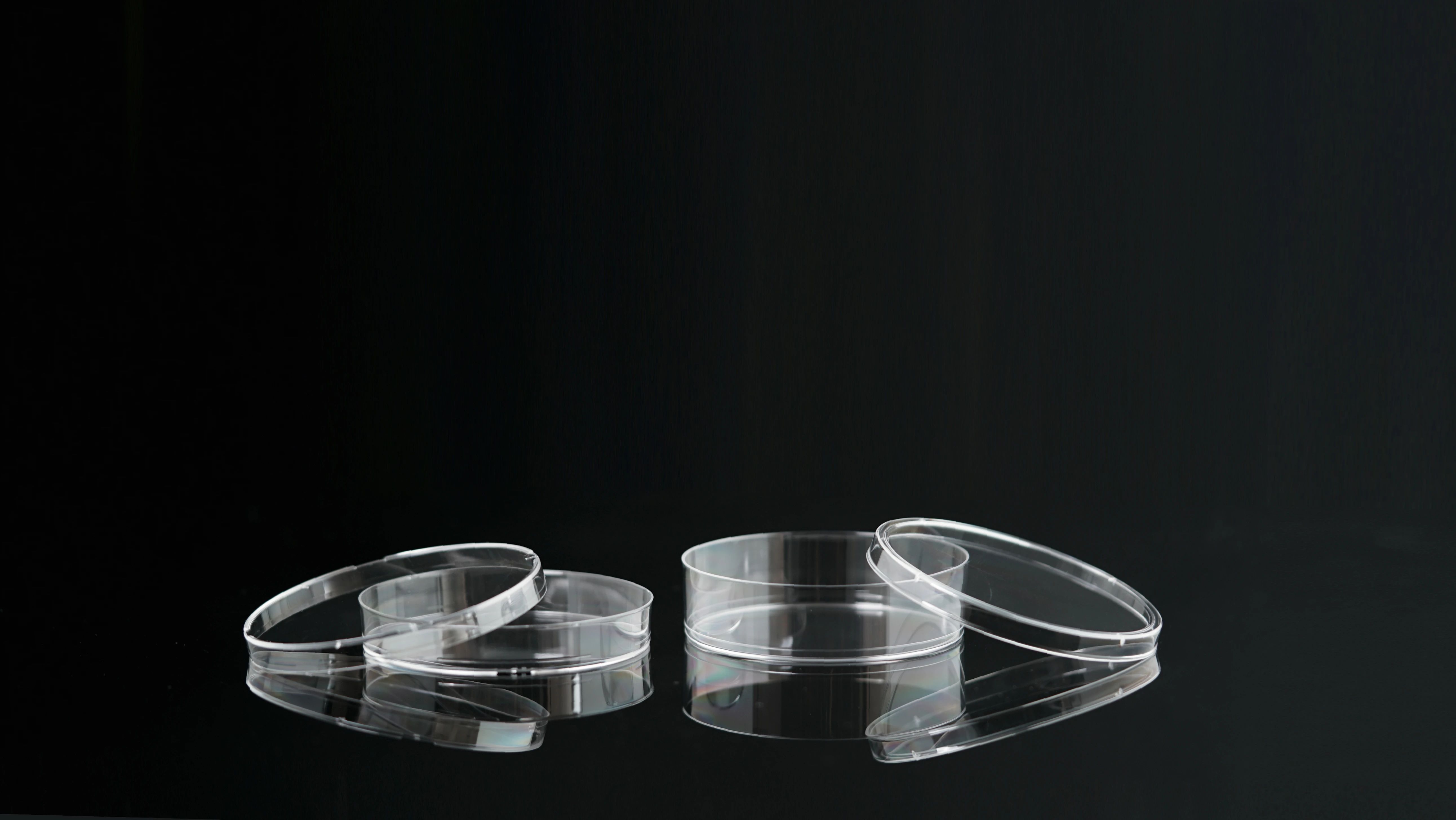

Square Petri Dish (New Arrivals)
These dishes have protrusions around the dish base for easier handling and positioning by automated equipment. The square design is well-suited for grippers of automated instruments and has grids on the bottom, suitable for automated counting.


By comparing the capacities, it is clear that Deep Petri Dish can hold a larger volume of culture medium compared to other existing sizes of Petri Dishes with the same diameter. This makes them suitable for containing larger amounts of culture medium. On the other hand, Square Petri Dishes have a larger culture surface.
Notes:The actual diameter of the petri dish is slightly smaller than the nominal diameter, and the capacities in the table are estimated values.
Advantages of NEST Petri Dishes
Raw material: Made of USP Class VI-compliant polystyrenem, with high transparency.
Structural design: The lid of the dish features one or more small plastic protrusions on the inside, which prevents it from sitting completely flat on the base. This design allows for gaseous exchange and has been validated to result in a lower evaporation rate of the culture medium.
Packaging and sterility:The dishes are packaged in easy-to-peel, sterile, composite co-extruded packaging.The packaging is sterilized by electron beam irradiation, achieving a SAL (Sterility Assurance Level) of 10^-6. During sterility testing, no microbial contamination is detected.
Pyrogen-free: The endotoxin level of the dishes is lower than 0.05 EU/mL.
NEST offers Petri Dish with various packaging specifications, including sleeves and double-bagged options. All specifications can be customized according to customers' needs.
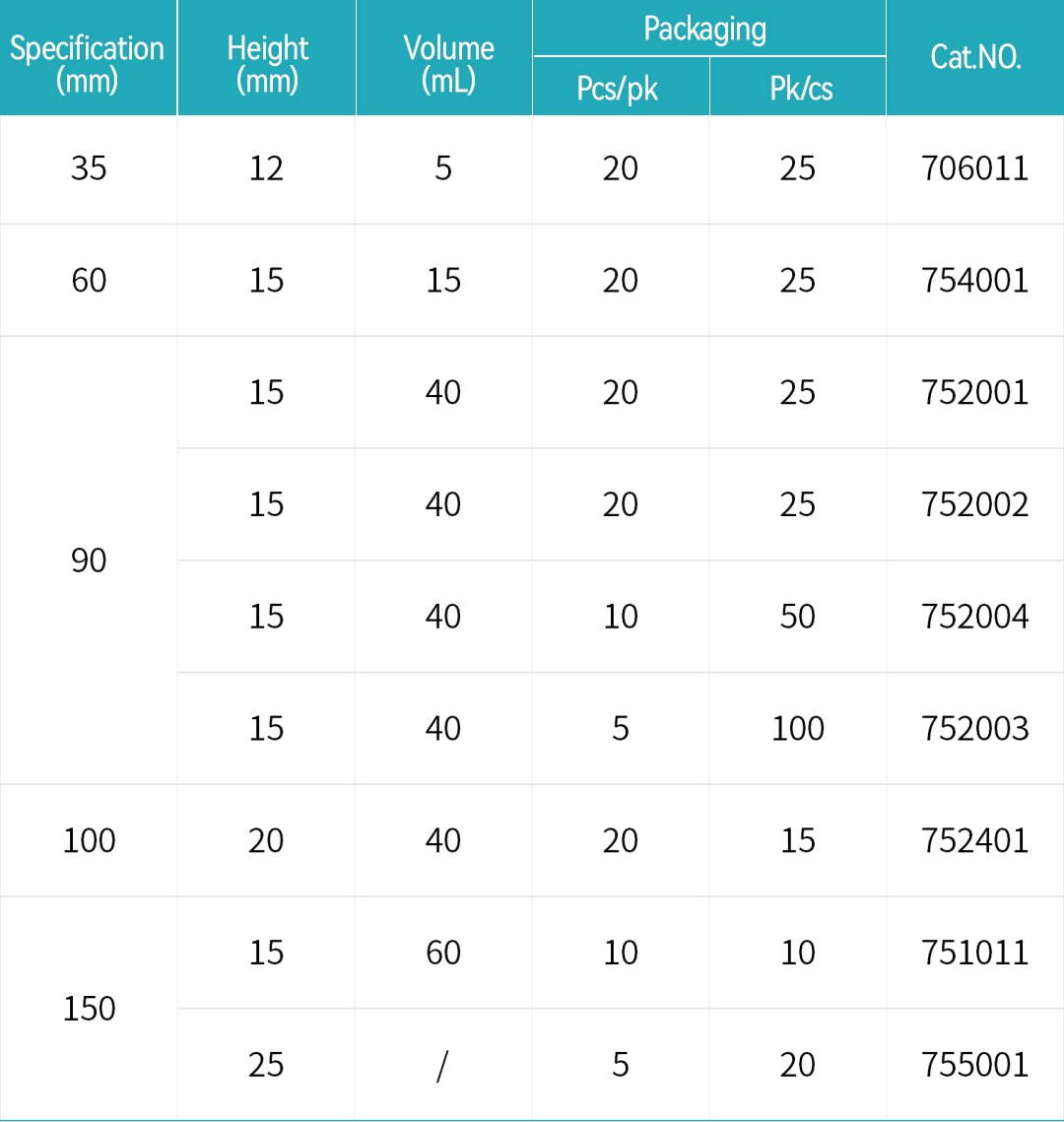
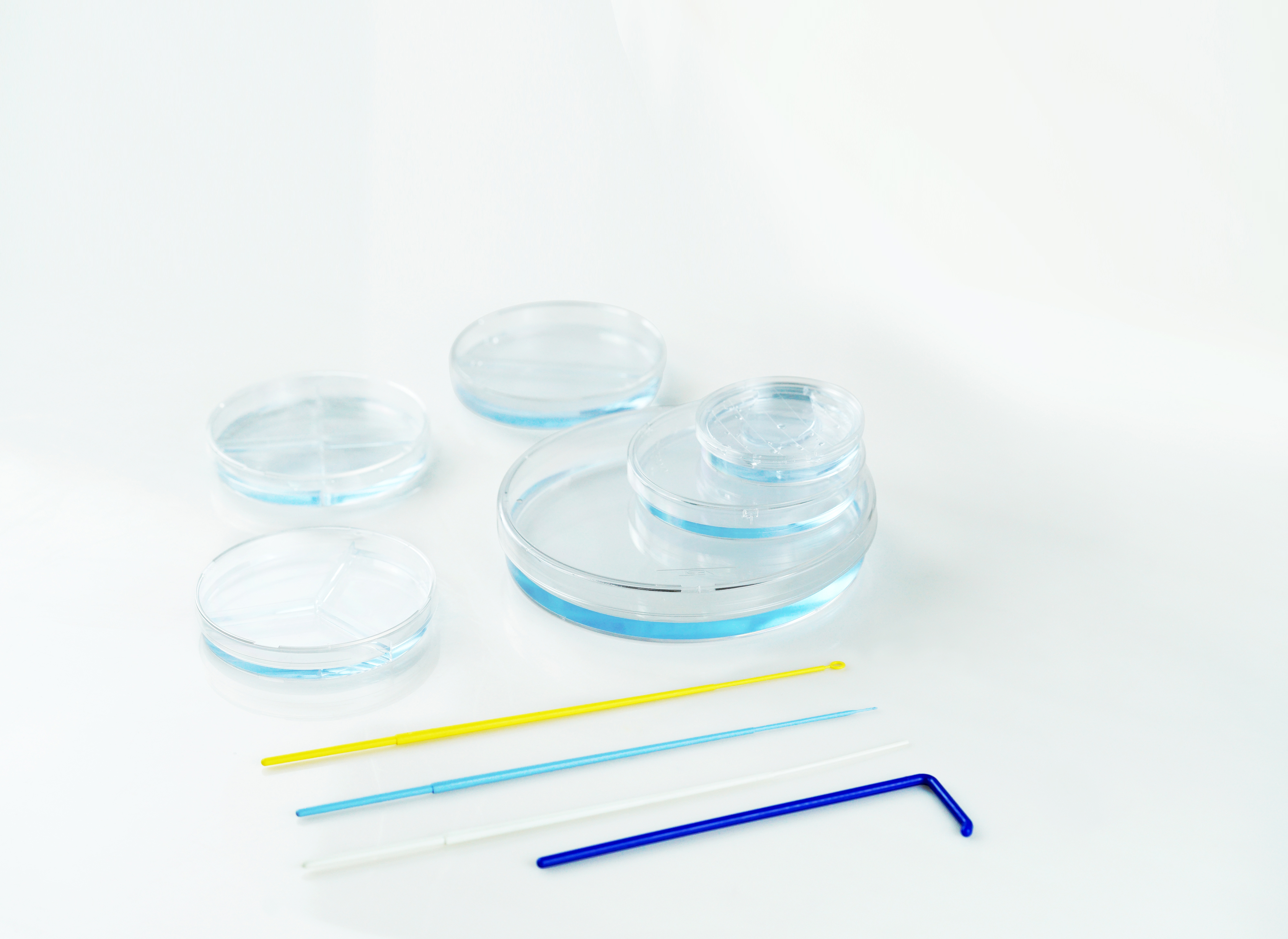
Q&A Section
Q: Is the NEST Cell Culture Dish the same as a NEST Petri Dish?
A: No, cell culture dishes and bacterial culture dishes are very different! Cell Culture dishes undergo TC treatment on the culture surface to ensure cell adhesion, making them more suitable for culturing adherent cells. On the other hand, Petri Dishes do not undergo TC treatment, and they are ideal for bacterial culture after adding solid agar medium.
